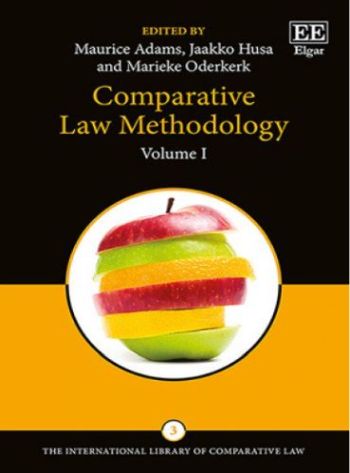
This important two-volume collection draws together the most significant and instructive articles relating to comparative law methodology and offers vast and comprehensive coverage of practices, principles, methods and sources in comparative legal research.
The first volume deals with preliminary considerations such as the aims of research and the questions one should ask, as well as how to select objects for comparison and formulate a research plan.
The second volume focuses on the comparative research of regulation, description, and explanation, along with discussion on functionalism, quantitative approaches, translation issues, legal transplants and global challenges.
Together with an original introduction by the editors that frames the articles and helps the reader to navigate them successfully, this collection offers a balanced body of seminal research which will benefit legal scholars, students, and all who are undertaking, or seeking to evaluate, comparative legal research.